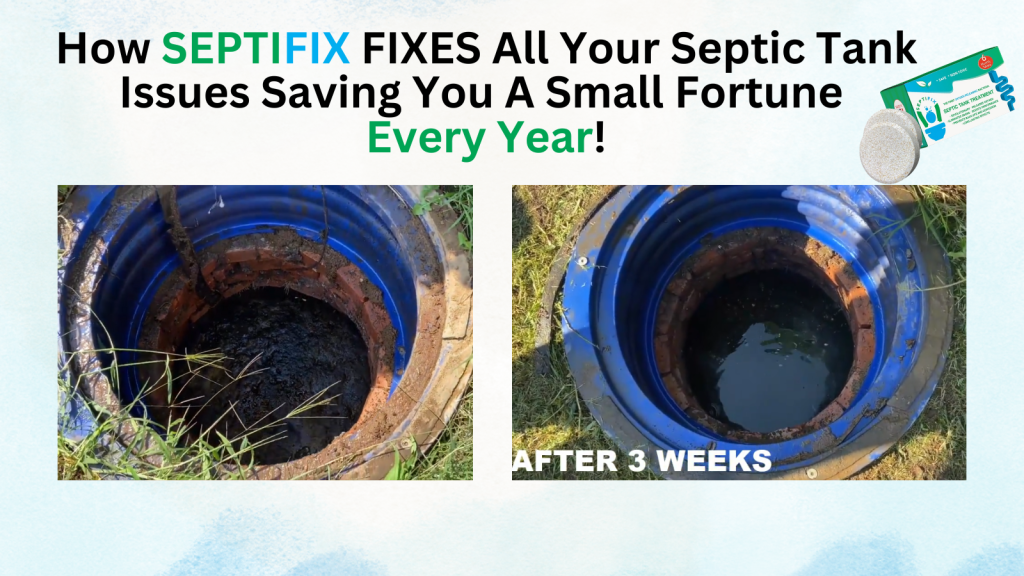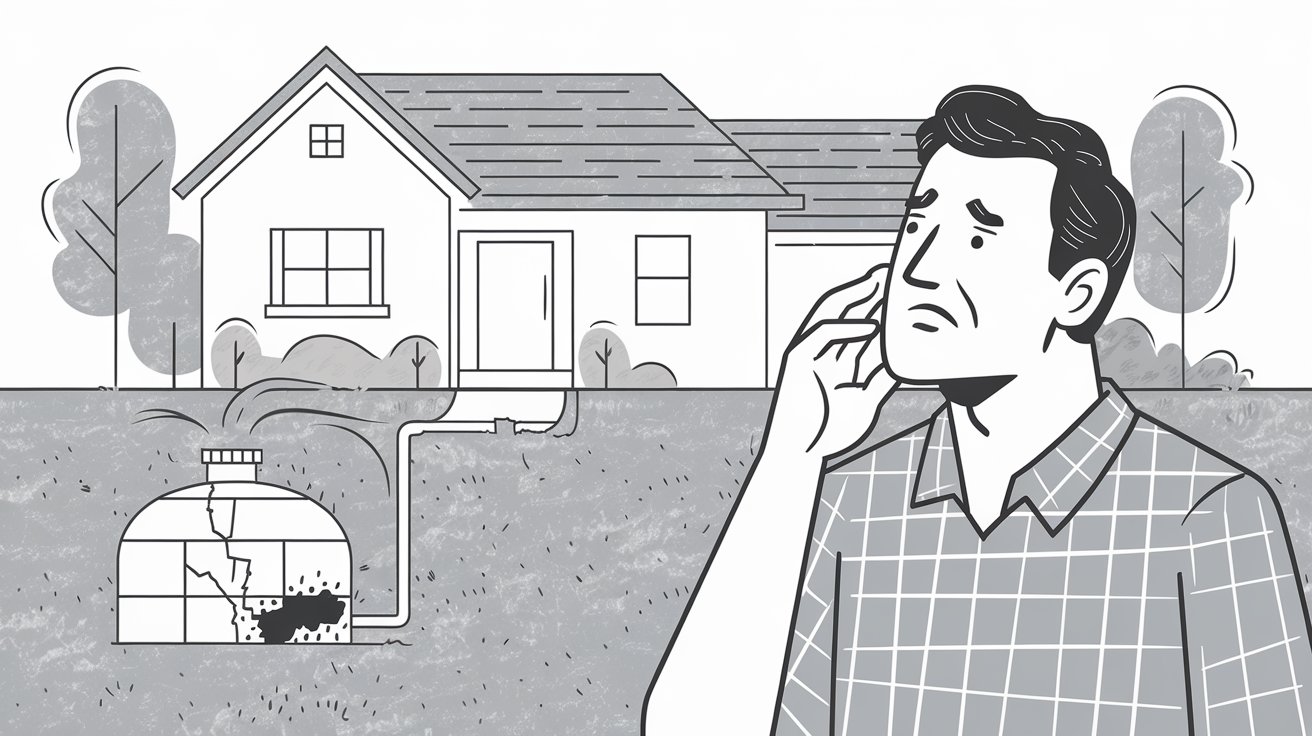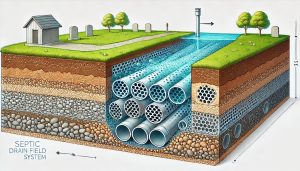If you rely on a septic system for your home or property, recognizing the signs your septic system needs attention is crucial. Ignoring the early red flags can lead to expensive repairs, environmental hazards, or even complete system failure. This guide walks you through the most common signs that your system is struggling, how to respond, and when to call in a professional.
Table of Content
- Why Septic System Maintenance Matters
- When to Call a Professional
- Contact Info and Resources
- Conclusion: Stay Ahead of Septic Trouble
- Septifix
- Septic Permit Links by State
You May Be Interested In…
Safe Chemicals for DIY Septic Cleaning
Chemical Additives for Septic Tanks: Essential Insights on Benefits and Risks
Why Septic System Maintenance Matters
Your septic system is responsible for treating wastewater safely and efficiently. Whether you call it a septic tank, onsite wastewater system, or private sewage disposal, it requires regular care. A malfunctioning system can threaten your health, damage your property, and pollute groundwater. Understanding these warning signs can help you act fast and avoid major issues.
1. Slow Drains Throughout the House
If your sinks, showers, or toilets are draining sluggishly, it might not just be a clog. Slow drains in multiple fixtures often point to a problem in your septic system rather than isolated plumbing issues. When wastewater has nowhere to go, it backs up — slowly but surely.
2. Gurgling Sounds in Pipes
Hearing strange gurgling noises when you flush the toilet or run water? It could be air trapped in the pipes due to a backed-up septic system. This is often one of the first signs that your system isn’t processing waste effectively.
Tip: These noises are easy to ignore but may signal trouble in the drainfield or tank.
3. Unpleasant Odors Indoors or Outdoors
A healthy system shouldn’t smell. If you catch whiffs of sewage smells near the tank, drainfield, or inside your home, your system might be overflowing or leaking. These odors can indicate anything from a blocked vent pipe to an overfull tank.
Safety warning: Avoid exposure to raw sewage. If you smell it, call a professional right away.
4. Wet Spots or Lush Grass Around the Drainfield
A wet, soggy lawn or unusually green patches above your drainfield can be a strong indicator of failure. It usually means wastewater is surfacing before it can be fully treated. Besides being unsanitary, this can damage your lawn and attract pests.
Local term alert: In rural areas, this issue is often called a “bogged out leach field.”
5. Frequent Plumbing Backups
If wastewater is backing up into toilets or tubs, your system is in crisis mode. This usually means the tank is full, or the drainfield is no longer absorbing waste. It’s not just inconvenient — it’s a serious health risk.
Act quickly: Backups can contaminate your home and cost thousands in cleanup and repairs.
6. Alarms Going Off on Advanced Septic Systems
Many newer septic systems have warning alarms for high water levels or component failures. If your system alarm goes off, don’t silence it and forget — it’s there to protect you. Call your septic provider and schedule an inspection.
7. It’s Been Over 3–5 Years Since Last Pumping
Even if everything seems fine, neglecting regular septic tank pumping can lead to solid buildup and eventual failure. Most systems need pumping every 3 to 5 years, depending on usage and tank size.
Helpful stat: According to the EPA, routine maintenance costs about $250–$500 — far less than replacing a failed system, which can exceed $10,000.
When to Call a Professional
If you notice any of these signs, don’t wait. Call a licensed septic professional to inspect the system. Early intervention can often resolve the issue with minimal disruption. Remember — septic problems don’t fix themselves.
Secondary keywords used: septic inspection, licensed septic professional
Contact Info and Resources
Need help diagnosing a septic issue?
- Visit the EPA Septic Smart website for homeowner tips
- Read our guide on How Often to Pump Your Septic Tank
- Find a local septic service provider in your area here
- Learn about Signs of Drainfield Failure
For emergency issues, reach out to your county health department or state environmental agency immediately.
Conclusion: Stay Ahead of Septic Trouble
Recognizing the signs your septic system needs attention can save you time, money, and stress. Whether it’s strange odors, slow drains, or soggy spots in your yard, don’t ignore the warning signs. With regular maintenance and fast action, you can keep your septic system — and your home — running smoothly.
Call to Action:
If you suspect a septic problem, schedule a professional inspection today to avoid costly damage tomorrow.
Directory | Washington Septic Service Providers | Part 1
DIY Repairs Are Always Cheaper
Septic Regulations in Rural Areas: Essential Guide for Rural Property Owners
The Role of Perforated Pipes in Drain Fields
What Happens During a Pumping Service?
Septic Tanks vs. Sewer Systems | Choosing the Right Option
Septifix








